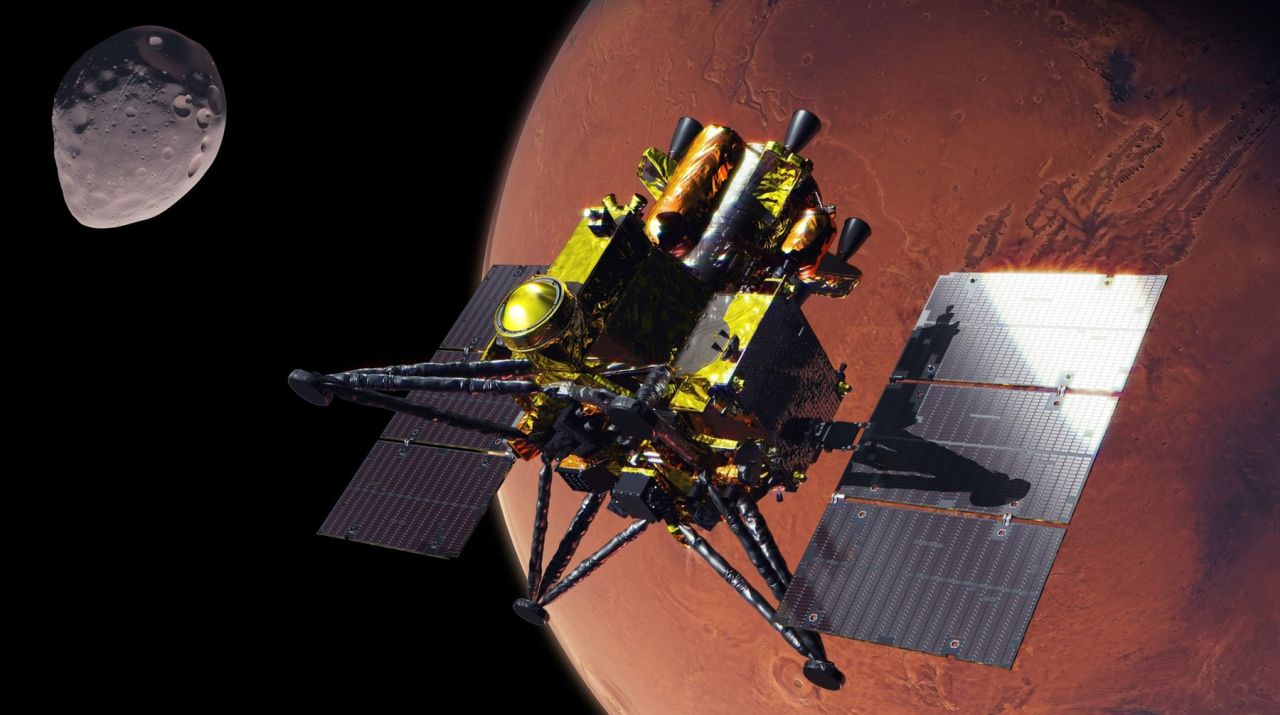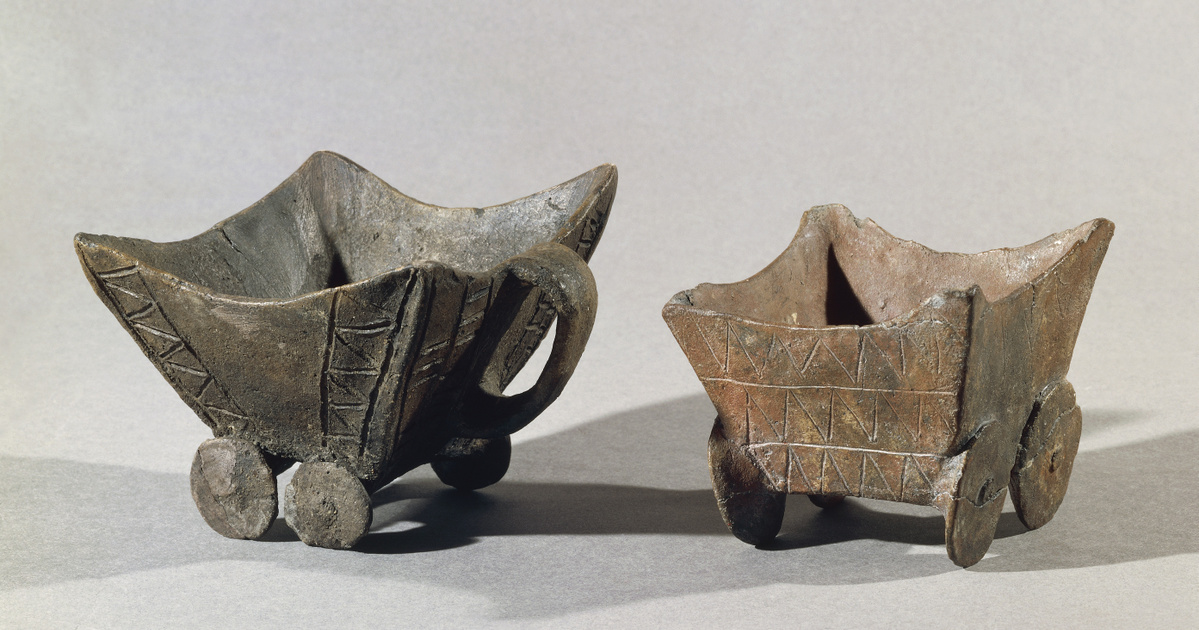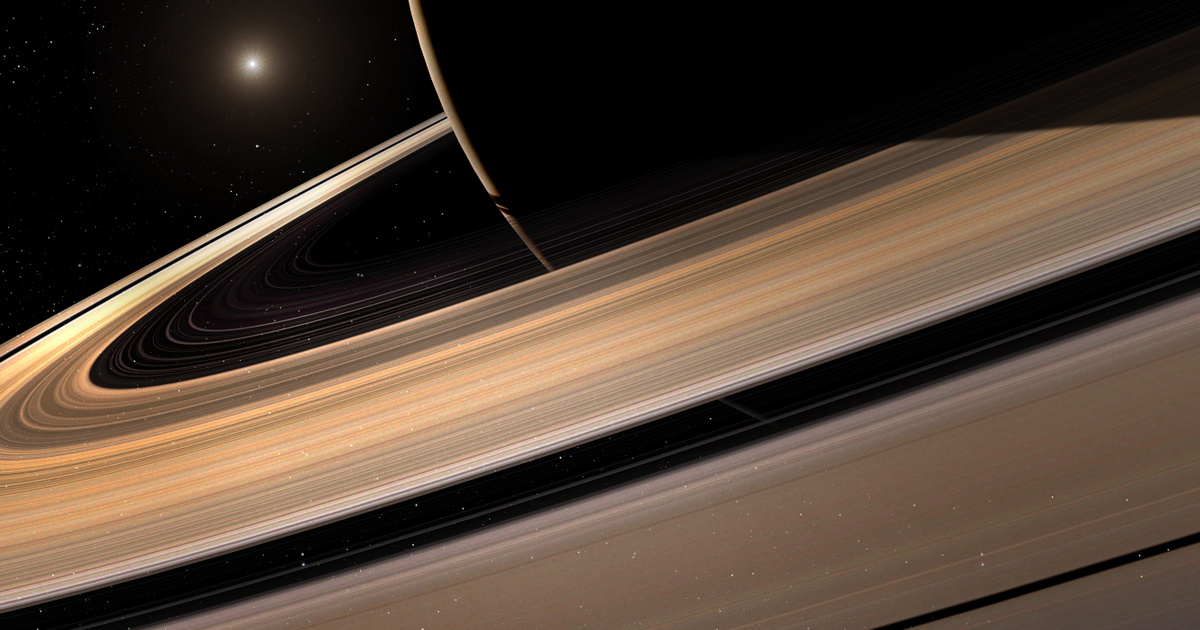If you look up at the sky through a telescope, you can see few things more interesting than the rings of the sixth planet in the solar system, Saturn. But not for the first time, in recent days OriginatedWe will not be able to enjoy his dazzling rings for a long time, because they will disappear within two years at the latest. So is it worth it to get binoculars and enjoy them while we can? It’s worth it, but don’t panic. Although in 2025 the rings will be almost invisible from Earth, there is no reason to panic because they will appear again.
First view of the rings
Astronomers have been interested in these wonderful celestial phenomena for centuries. Galileo Galilei first observed them with his telescope in 1610, but he was not yet able to explain what he saw, so he drew the rings as if there were two moons facing each other next to the planet.
In the 19th century, the Scottish mathematician and physicist, researcher of electricity, magnetism and gases, James Clerk Maxwell, worked on the stability of Saturn’s rings in a scientific paper. In it he claimed that the rings could not be entirely solid or gaseous, and their stability was guaranteed by the presence of many small molecules.
Today we know that Saturn has seven rings, made up of millions of tiny grains, pieces of ice, dust and rocks. Its chemical composition is characterized by its containment of iron oxide, and its atmosphere consists of molecular oxygen. It moves over a large area and in an independent orbit, approximately 280 thousand kilometers from the planet.
Due to the gravity of the moons and Saturn, there are denser and rarer bands between them, the outer part of the ring system is rare, and the most saturated part is located near the center. The atmosphere surrounding the rings is saturated with hydrogen. The rings orbit directly above Saturn’s equator, so they are tilted toward the plane of the planet’s orbit.
Variable rings
The Earth’s rotation around the Sun, which also causes the seasons to change, keeps our planet in constant and dynamic change. The Earth’s tilt is tilted, which is why the climate and weather are different in some parts of the planet.
Saturn also has seasons, but since it orbits the sun every 29 years, one season lasts about 7 Earth years.
The angle of inclination of Earth’s equator is 23.5 degrees, and the angle of inclination of Saturn’s equator is 26.7 degrees. When Saturn is on the other side of the Sun, its southern hemisphere faces us, and the south side of its rings is tilted. As Saturn’s seasons change, we move from the southern side of the rings to the northern side. In 2025, it is clear that Saturn’s rings will “disappear” because their edges will point towards our Earth due to the tilt of the planet’s axis of rotation.
The last time something similar happened in 2009, the rings then gradually became visible again a few months later. It will be noticeable in March 2025, but will disappear from our field of view again in November. However, over the following months, they gradually become visible again. Even now, according to NASA researchers, the mass of the rings is constantly decreasing, and one day they will disappear forever, certainly within a fleeting 100-300 million years.












































